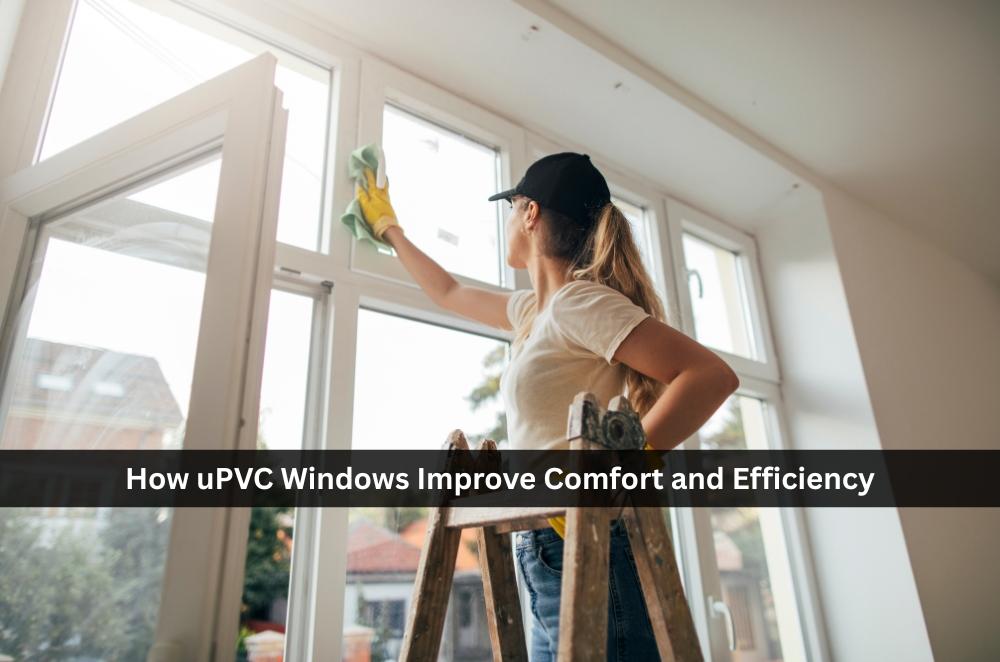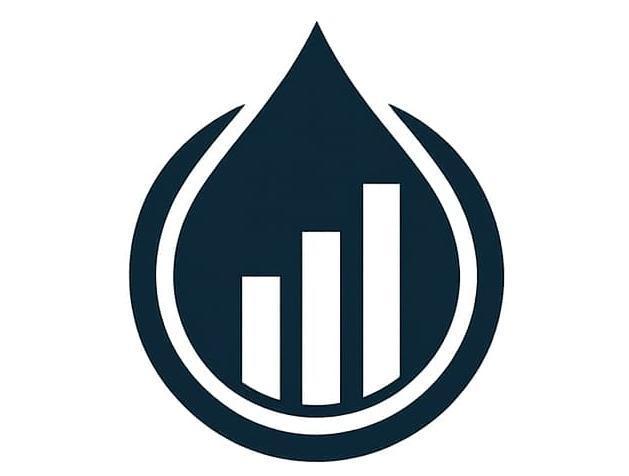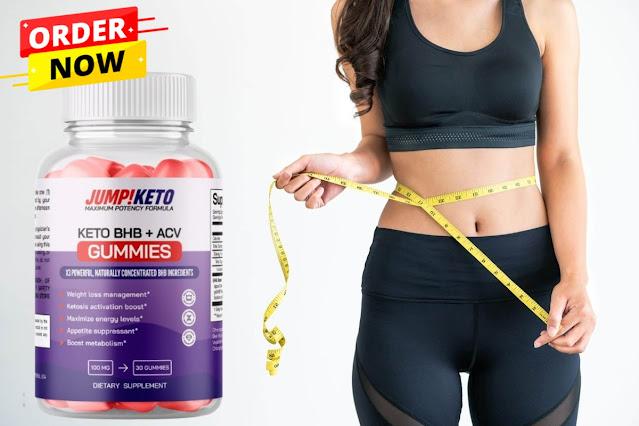How uPVC Windows Improve Comfort and Efficiency

Windows decide how livable a home feels, and how costly it is to run. We’ve learned the hard way: drafty frames chew through power, snug ones don’t. That’s why many households are switching to energy-efficient uPVC windows, which help reduce power bills. They don’t demand sanding or repainting, and they hold their seal through wild heat or cold. Come summer, they keep the sting of the sun outside; come winter, they trap warmth where it belongs. The hum of traffic drops, condensation fades, and weekend upkeep becomes one less job on the list. Swap them in and the whole place settles — fewer temperature swings, less glare. It’s a practical upgrade, not a vanity play, and it starts paying back from day one.
How do uPVC windows actually boost home efficiency?
uPVC windows actually boost home efficiency by tightening the building envelope and slowing heat transfer. That steadies indoor temperatures, so heaters and air-cons work less.
Design tweaks like multi-chambered frames and compression seals deliver uPVC window advantages without drama. Thicker gasketing keeps out southerlies and summer gusts, while low-conductivity frames help the glass do its job. Add decent installation and you’ll notice fewer cold spots and less glare across the floorboards.
-
Cuts sneaky draughts that sap comfort
-
Lowers peak loads on the air-con
-
Helps curb condensation around sashes
That combination won’t turn your place into a science lab, but it does make rooms calmer, quieter, and cheaper to run — one clear advantage of choosing uPVC windows for any modern home.
Why is uPVC more durable than other window materials?
uPVC is more durable because it shrugs off moisture, salt, and UV better than timber or basic aluminium. It doesn’t swell, pit, or need repainting every other summer.
The material’s stabilisers protect colour and structure, even in coastal air. Hinges and locks stay true because the frames don’t twist, which means fewer service calls and longer gaps between replacements. Over a decade or two, that reliability shows up in the budget as well as on the façade.
-
No flaking paint or yearly sanding
-
Resists salt spray in coastal suburbs
-
Keeps shape through heatwaves and cold snaps
Durability here isn’t flashy; it’s the quiet kind that saves time and hassle.
Are uPVC windows a smart long-term investment?
uPVC windows are a smart long-term investment because they trim energy use while holding up to hard Aussie weather. The savings aren’t all at once; they stack up, bill after bill.
Lower maintenance, fewer replacements, and better comfort create real value. If you like digging into examples, the benefits of uPVC windows lay out how improved sealing and stable frames lift day-to-day lifeability and resale appeal. There’s also the waste you don’t create: fewer frames heading to landfill over the life of the home.
Conclusion
uPVC windows mark a quiet but important shift in how we build homes — practical, sturdy, and built to last. They do what older materials often struggle to: stay solid, seal tight, and still look good years later. For anyone fixing up an older place or planning a fresh build, they’re a smart way to lock in comfort without constant upkeep.
They make a house feel settled — less noise, fewer drafts, and easier bills to live with. And in a country where temperatures swing hard from one season to the next, that kind of stability isn’t a luxury; it’s common sense.








